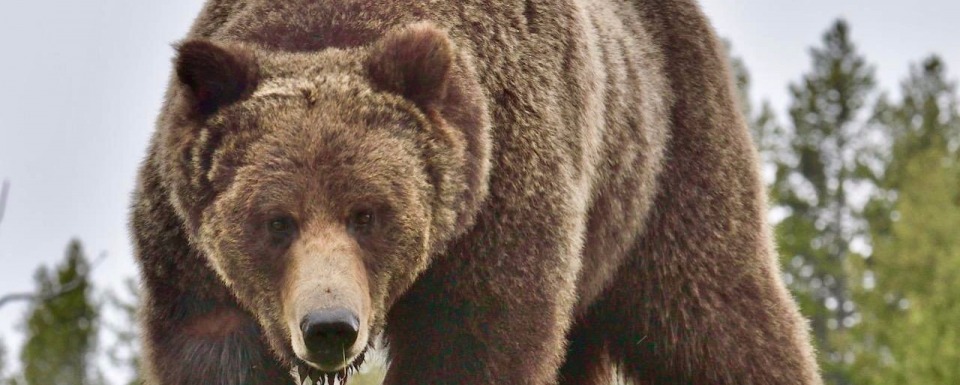-
As we ponder the future of public lands in Montana, including what areas deserve protection as Wilderness, it is worthwhile to look back in history to see how past protective measures were viewed. In 1872 with the establishment of Yellowstone National Park many Montana citizens were outraged. For example, the Helena Gazette opined: “We regard…
-
WHEN IT COMES TO SAFEGUARDING BEARS, SCIENTISTS SAY WILDERNESS-CALIBER LANDS, FREE OF RIDERS, ARE IMPORTANT TO BRUIN PERSISTENCE Reposted from Mountain Journal with permission of the author, Todd Wilkinson (click at original link for photos) — Does mountain biking impact wildlife, any more than hikers and horseback riders do? More specifically: could rapidly-growing numbers of…
-
I wrote this review of the potential for wolf restoration in Oregon back in 1998. It is interesting to see that many of the predictions I made have materialized. Author: George Wuerthner ABSTRACT: Wolves (Canis lupus) were native to Oregon, and reported from throughout the state. Like much of the West, wolves were persecuted and…
-
Governor Bullock recently created the Montana Forest Action Advisory Council that is biased towards logging and is dominated by timber industry interests and supporters to “reduce wildfire risk.” I don’t expect the Governor to be an expert on wildfire or forest ecology, but it is clear from the makeup of his council that its primary…
-
The article “Rancher Promotes ‘New Paradigm’ On The Rangeland” appeared in the May 10 Mountain Express.https://www.mtexpress.com/news/environment/rancher-promotes-new-paradigm-on-the-rangeland/article_bd8c4ab2-728d-11e9-86c2-af41ed665afe.html The views expressed by rancher Glen Elzinga deserves some perspective. I acknowledge that rancher Glenn Elzinga is trying his best to improve his livestock grazing through intensive management of his cattle herd. However, there is no right way to…
-
The Oregon spotted frog was originally found throughout wetlands in Oregon and Washington. It is the most aquatic of all native frogs. It is always located near perennial water sources. Draining of these wetlands, livestock grazing, and dams have significantly reduced its habitat. For instance, 95% of the wetlands in the Willamette Valley and Klamath…
-
Across the West, livestock grazing is one of the most destructive land uses. Some 250 million acres of public lands are grazed by domestic livestock including those administered by the Forest Service and the Bureau of Land Management, as well as national wildlife refuges and even some national park units. This use is not benign.…
-
In the recent Public Lands legislation that was passed by Congress, Oregon got some new protected landscapes including the Devil’s Staircase Wilderness, 250 miles of new Wild and Scenic River segments on the Rogue and Molalla rivers and measures such as a mining ban on the Chetco River. This legislation was a good but a…

George Wuerthner is an ecologist and writer who has published 38 books on various topics related to environmental and natural history. He has visited over 400 designated wilderness areas and over 200 national park units.
